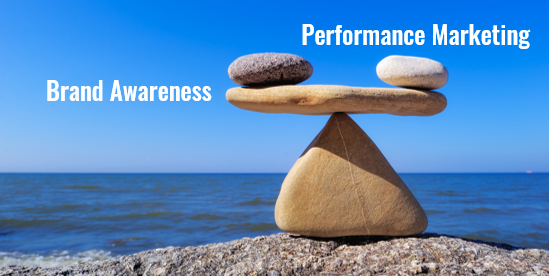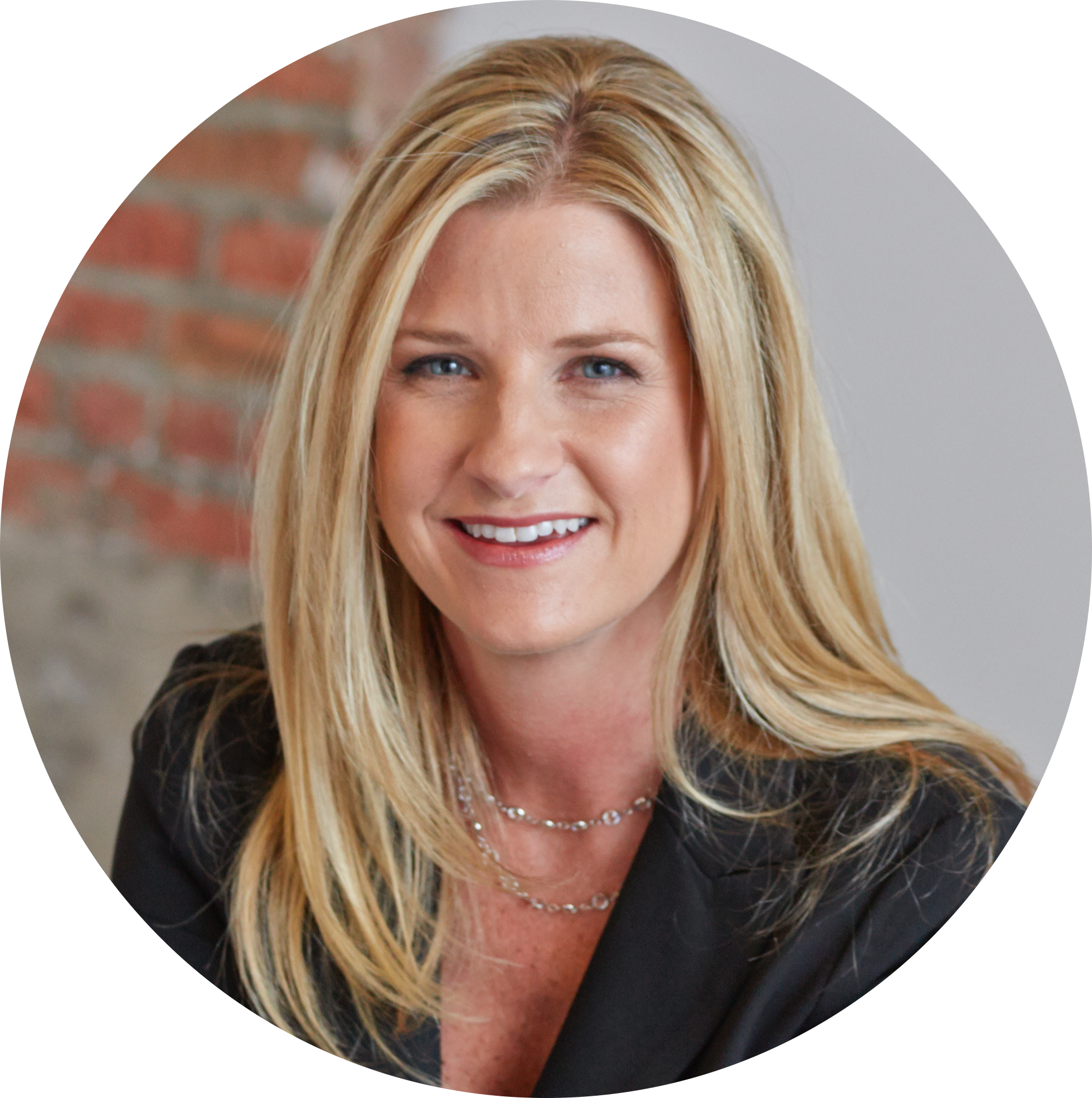
BenefitsPRO Marketing Blog
June 2021: Post-pandemic Marketing Mix: Branding + Performance Marketing
Many employee benefits marketers dramatically accelerated their use of digital marketing during the pandemic, focusing on lead-generation and other performance marketing tactics.
But as a recent article in the Harvard Business Review points out (Ten Truths About Marketing After The Pandemic) as we move forward there is a strong need to balance brand/product awareness and performance marketing to achieve the best results.
“Many companies are bringing their customer relationship (CRM) team closer than ever to their media teams to see the full continuum more easily and realize efficiencies,” writes the author, Janet Balis who heads consultant E&Y’s CMO practice.
“It will be important for companies to leave space for both brand and performance marketing given that bottom funnel strategies drive top funnel goals and vice versa. Simply put, they work better together,” she says.
I couldn’t agree more. And this is a key reason why BenefitsPRO is now offering a new Integrated Marketing Hub solution.
We’re offering branding and awareness with a big-time promotional program that drives prospects to four of your brand/product assets on an interactive content hub. And we offer performance marketing via a lead-gen program and a follow-on ad program that provides air cover as your sales team follows up on the leads. (Click here for details). And all of this is project managed for seamless execution.
As always, if you have any questions, please feel free to contact me via email at [email protected]. And lastly, as usual, please read on to find the latest employee benefits industry developments that are most important for marketers to know about.
Trends Employee Benefits Marketers Need to Know
- Diversity, equity and inclusion. To mark the one year anniversary of George Floyd’s death, BenefitsPRO followed up with several thought leaders who were interviewed for last year’s cover story on the lack of diversity in the benefits industry. Unsurprisingly, they said that while some progress has been made, there is still a long way to go. DEI coverage will be a large focus within the industry as well as the fallout of ongoing social issues in the coming year.
- Hybrid workforce. The “hybrid workforce” concept is turning into a bigger deal than many employers expected, given the backlash of employees who say they’ll seek other employment if they’re forced to return to the office five days a week. How will companies’ policies show up in recruiting efforts, and what other new perks will emerge as employers look to stay competitive in today’s labor market?
- Telehealth. Telehealth is having a continuing impact on the industry. Amazon isn’t the only major player making waves in the health care space. Walmart is hot on its heels, looking to grab a piece of the telehealth business. And while Warren Buffett may have thrown in the towel on health care reform, J.P. Morgan is taking the lessons it learned from the Haven venture and moving forward. The industry will be watching to see what kind of impact these development.



